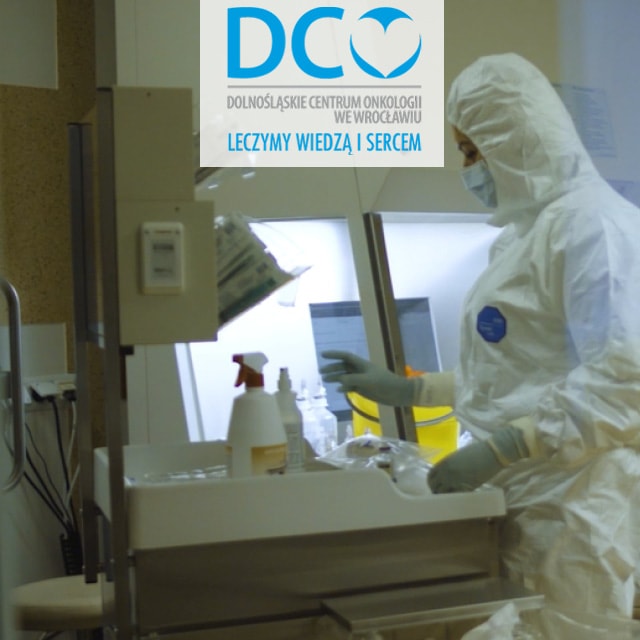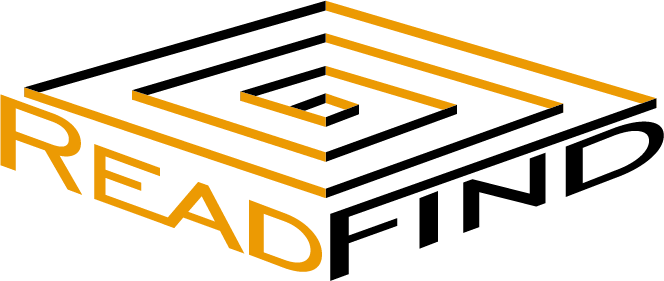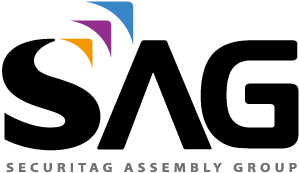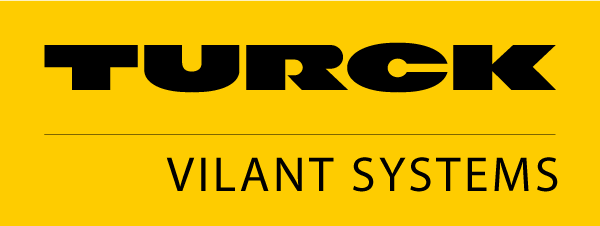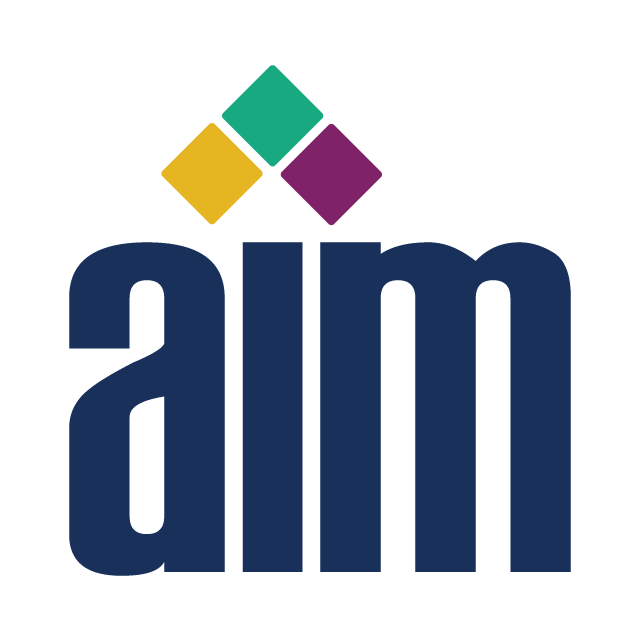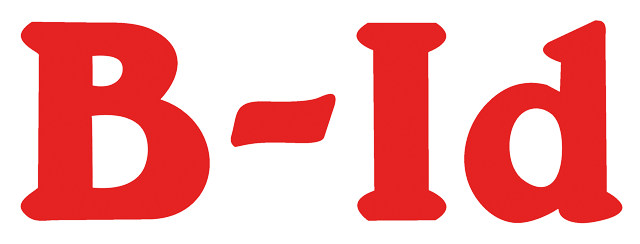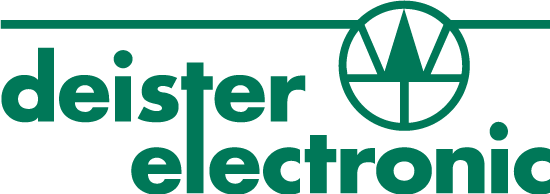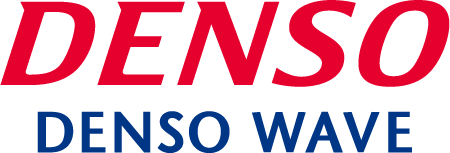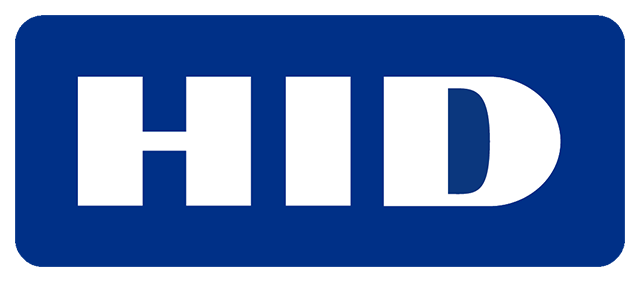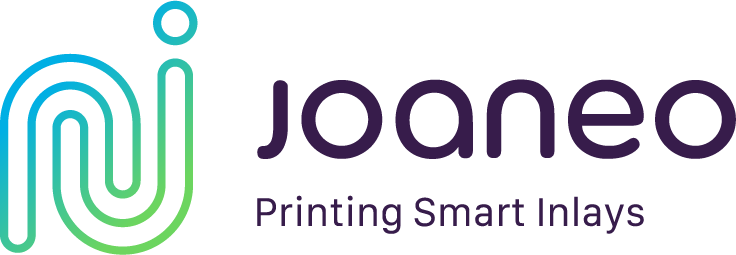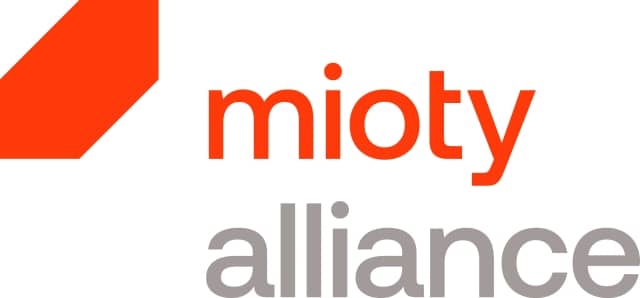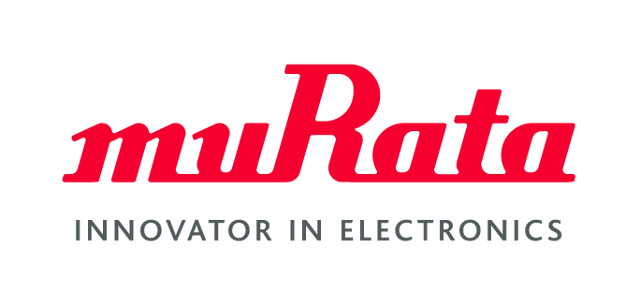The Lower Silesian Oncological Center (DCO) in Wroclaw (Poland) implements UHF-RFID for seamless temperature monitoring of cytostatic drugs.
Sensor transponders on refrigerators in the laboratories and refrigerated transport boxes ensure the quality of the cytostatics. The sensor transponders also control the preventive maintenance of the cooling technology.
The Lower Silesian Oncology Centre (DCO) was opened in Wroclaw in March 1954 and was the second regional oncology center in Poland. The new building of the clinic, opened in 2018, has 550 beds.
Process Requirements
Depending on the type and status of the preparation, cytostatic drugs must be stored properly at temperatures of two to eight degrees Celsius or 15 to 25 degrees Celsius. If the cold chain is interrupted during transport, preparation or storage, cytostatic drugs worth more than 100,000 euros can be rendered unusable.
Incorrectly stored drugs can also lose their efficacy or become toxic. Therefore, the temperatures of all refrigerators and refrigerated warehouses in the Oncology Center had to be checked manually several times a day.
Objectives
- Permanent monitoring of the specific temperatures in refrigerators, rooms and transport boxes
- Warning notifications in case of malfunctions or failures of cooling technology
- Application of technology with electromagnetic compatibility
- Exclusion of interference with frequency bands of already existing medical technology
Solution
More than 120 UHF RFID sensors are installed throughout the hospital. Two sensors each are installed in refrigerators used for storing blood bags. All other refrigerators have one sensor each. Rooms in which cytostatics are prepared are also equipped with UHF RFID sensors for temperature monitoring.
To maintain the cold chain during transport between different rooms and parts of buildings, the special containers used also have UHF temperature sensors.
The sensor data is collected by a total of eleven RFID hubs distributed throughout the building and transferred directly to the hospital information system (HIS). An analysis tool integrated into the HIS enables monitoring and optimization of the cooling process.
Learn More
Wireless IoT Technologies in HEALTHCARE 2019/2020 as an E-Magazine.
Questions? Your contact to the editorial team!
